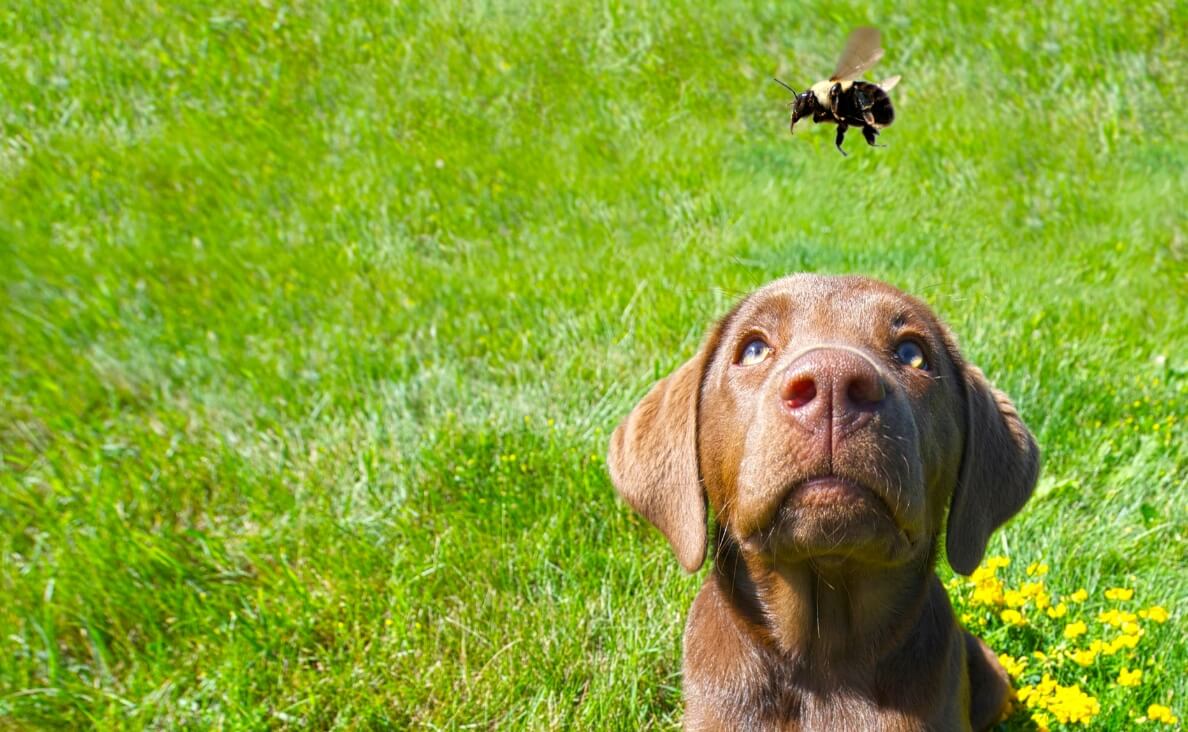
As a responsible pet owner, it’s crucial to be prepared for various emergencies, including the unfortunate event when your dog is stung by a bee. Bee stings can cause discomfort and, in some cases, serious health issues for dogs. Knowing how to handle this situation effectively can make a significant difference in your pet’s well-being.
In this comprehensive guide, we’ll cover everything you need to know about recognizing the symptoms of a bee sting, immediate actions to take, providing first aid, when to call the vet, prevention tips, and long-term care.
Recognize the Symptoms
Understanding the symptoms of a bee sting in dogs is the first step in managing the situation. Dogs may react differently depending on their sensitivity to bee venom and the location of the sting. Common symptoms to watch for include:
-
Swelling
One of the most noticeable signs is swelling at the sting site. This can be localized to the area where the sting occurred.
-
Redness
The sting site may appear red and inflamed.
-
Pain and Discomfort
Your dog may show signs of pain, such as whining, limping, or favoring the affected area.
-
Excessive Licking or Scratching
Dogs often lick or scratch the sting site in an attempt to alleviate the pain or irritation.
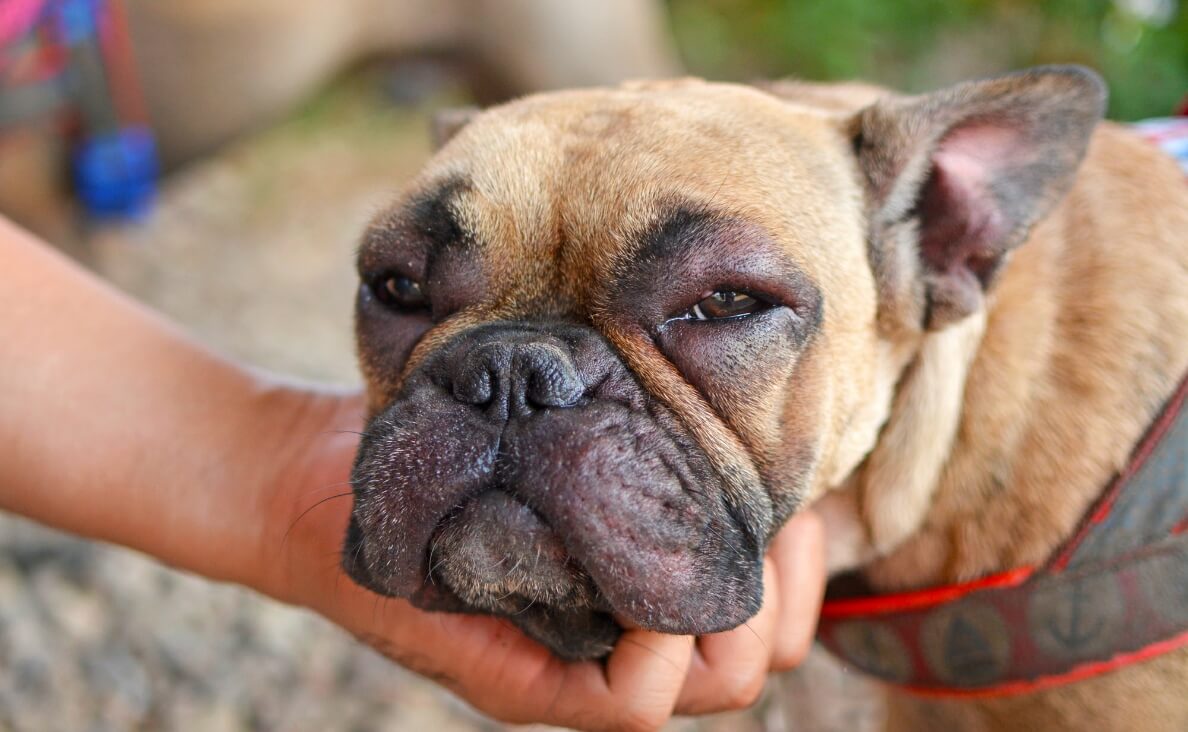
While these symptoms are common and usually not life-threatening, it’s essential to be aware of more severe reactions. In rare cases, dogs can experience an allergic reaction to bee stings, which may include:
-
Difficulty Breathing
Rapid, shallow, or labored breathing can indicate an allergic reaction.
-
Vomiting or Diarrhea
Gastrointestinal symptoms are a sign of a systemic reaction.
-
Weakness or Collapse
Sudden weakness, lethargy, or collapse are severe symptoms that require immediate attention.
-
Hives or Welts
Raised, itchy bumps on your dog’s skin can indicate a systemic allergic response.

Immediate Actions to Take
If your dog is stung by a bee, it’s essential to act quickly but calmly. Here’s what you should do immediately after discovering the sting:
-
Stay Calm and Keep Your Dog Calm
Dogs can sense your anxiety, which may increase their own stress levels. Speak to your dog in a soothing tone and avoid sudden movements.
-
Remove the Stinger Carefully
If the stinger is still in your dog’s skin, remove it as soon as possible. The longer the stinger remains, the more venom it can release. Use a flat object like a credit card to scrape the stinger out. Avoid using tweezers, as squeezing the stinger can inject more venom into the skin.
Provide Basic First Aid
Once the stinger is removed, you can begin administering basic first aid to your dog. This can help alleviate discomfort and reduce swelling:
-
Clean the Affected Area
Gently clean the sting site with mild soap and water to prevent infection.
-
Apply a Cold Compress
Wrap an ice pack or a bag of frozen vegetables in a towel and apply it to the sting site for 10-15 minutes. This will help reduce swelling and numb the area.
-
Use Over-the-Counter Antihistamines
If your dog is not allergic to antihistamines, you can administer a dose to help reduce the reaction. Always consult your veterinarian before giving any medication to ensure the correct dosage and suitability for your dog.
-
Monitor Your Dog
Keep a close eye on your dog for the next few hours to ensure that symptoms do not worsen. Look out for signs of an allergic reaction or other complications.
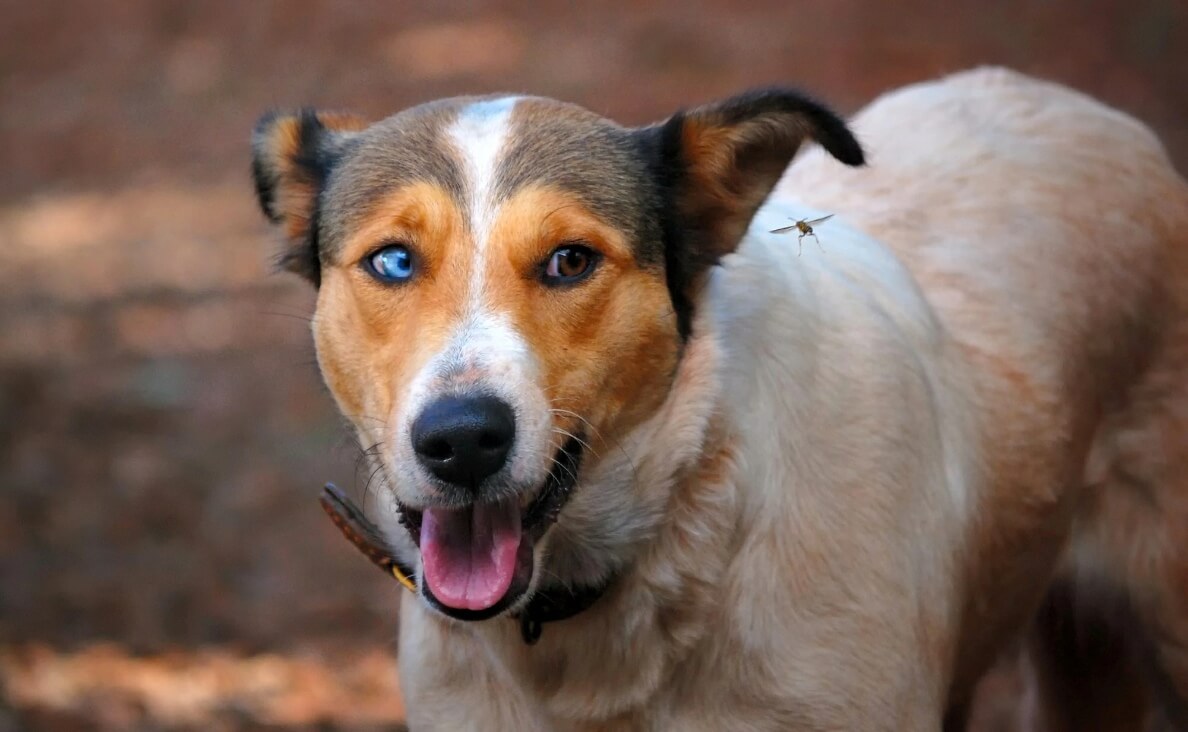
When to Call the Vet
While many bee stings can be managed at home, there are situations where veterinary attention is necessary. Contact your vet immediately if:
-
Symptoms Worsen or New Symptoms Appear
If your dog’s condition deteriorates or new symptoms arise, seek professional help.
-
Signs of an Allergic Reaction
Difficulty breathing, vomiting, diarrhea, weakness, collapse, or hives are all signs that your dog may be having a severe allergic reaction.
-
Sting in a Sensitive Area
- If the sting is near your dog’s mouth, throat, or eyes, it can cause significant swelling and potentially obstruct breathing or vision.
-
Multiple Stings
If your dog has been stung multiple times, the cumulative effect of the venom can be dangerous.
Prevention Tips
Preventing bee stings is always better than treating them. Here are some tips to reduce the risk of your dog being stung by a bee:
-
Avoid Flowering Plants and Bee-Prone Areas
Bees are naturally attracted to flowers. Keep your dog away from gardens and areas with a high concentration of blooming plants.
-
Use Unscented Products
Bees are attracted to strong scents. Avoid using scented shampoos, sprays, or other products on your dog that may attract bees.
-
Train Your Dog
Teach your dog to avoid bees and other insects. Commands like “leave it” can be helpful in preventing your dog from chasing or trying to catch bees.
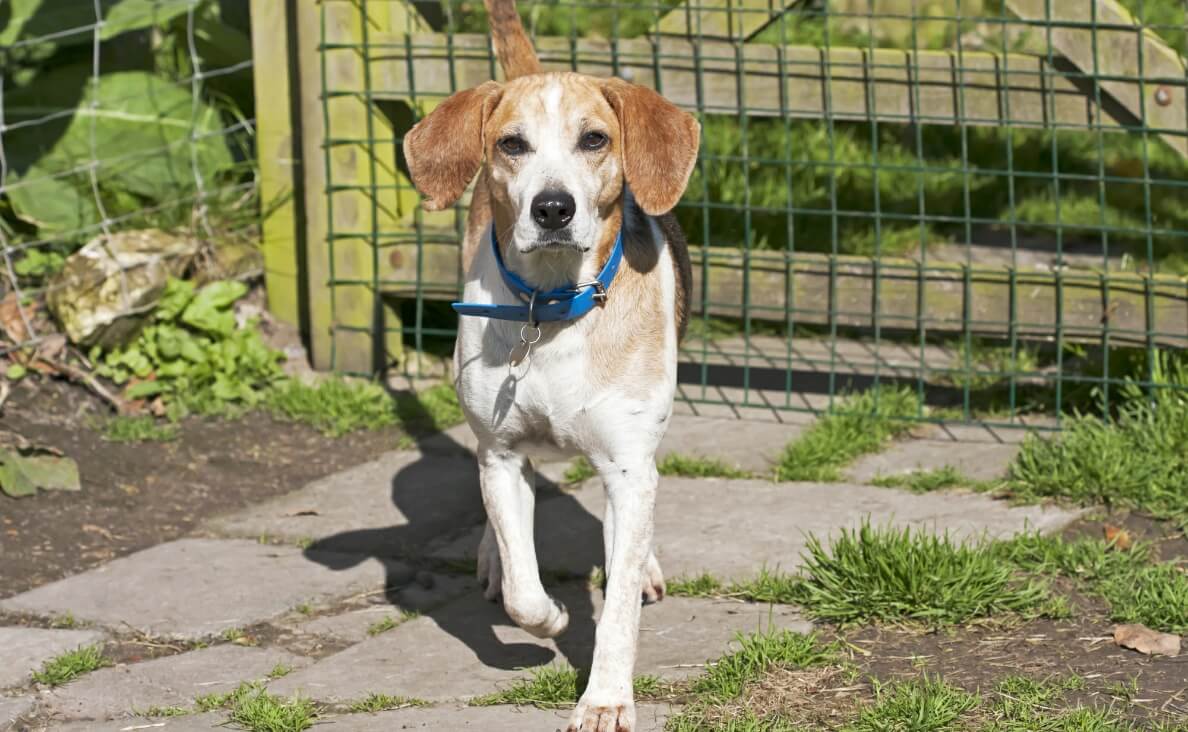
Long-Term Care and Follow-Up
After the initial treatment, it’s essential to monitor your dog for any signs of infection or other complications. Here are some long-term care tips:
-
Monitor the Sting Site
Keep an eye on the sting site for a few days to ensure it doesn’t become infected. Signs of infection include increased redness, swelling, or discharge.
-
Watch for Changes in Behavior
If your dog seems lethargic, refuses to eat, or exhibits other unusual behaviors, it may be a sign of an ongoing issue that requires veterinary attention.
-
Schedule a Follow-Up Visit
If you have any concerns about your dog’s recovery, don’t hesitate to schedule a follow-up visit with your veterinarian.
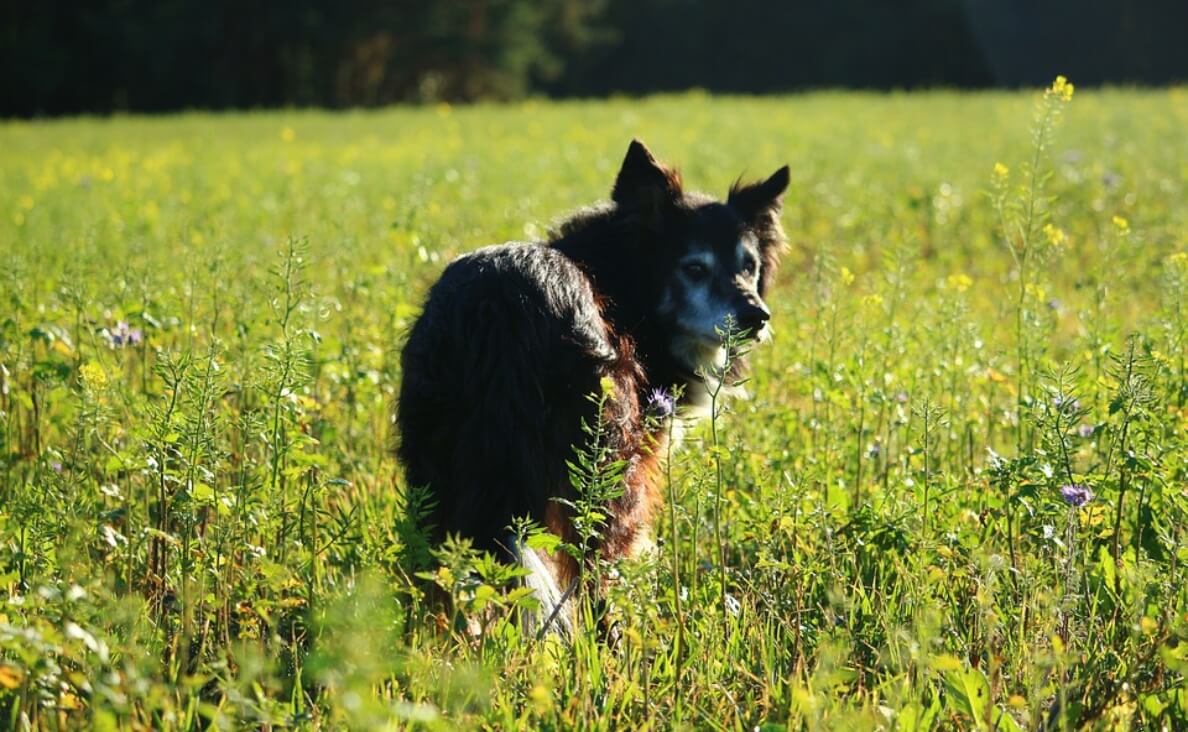
Final Thoughts
Knowing what to do if your dog is stung by a bee can help you manage the situation effectively and minimize discomfort for your pet. By recognizing the symptoms, taking immediate action, providing basic first aid, knowing when to call the vet, and taking preventive measures, you can ensure your dog stays safe and healthy.
Has your dog been stung by a bee? Share your stories and tips in the comments below.

 April is National Prevention of Cruelty to Animals Month
April is National Prevention of Cruelty to Animals Month 6 Disaster Preparedness Tips to Keep Your Dog Safe
6 Disaster Preparedness Tips to Keep Your Dog Safe 8 Tips to Protect Your Dog’s Paws from Hot Pavement
8 Tips to Protect Your Dog’s Paws from Hot Pavement Everything You Need to Know About Flying with Your Dog
Everything You Need to Know About Flying with Your Dog FDA Warns Bone Treats May Be Deadly for Your Dog
FDA Warns Bone Treats May Be Deadly for Your Dog






Leave a Reply